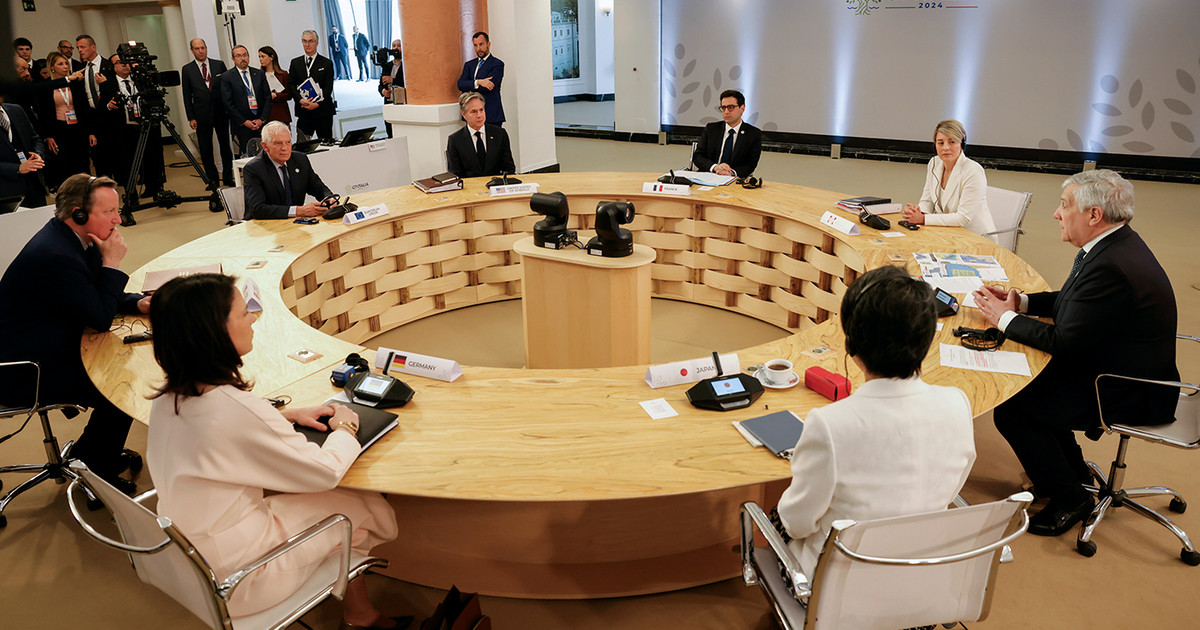Great news for those suffering from osteoporosis: was born in the department of Engineering and Architecture of the University of Trieste the project to identify people at risk of fracture due to bone fragility (osteoporosis) and on which the BES TEST®, Bone Elastic Structure Test: a new fast and accurate X-ray based test.
It is a diagnostic examination with an absolutely innovative and unique approach in the world that measures the quality of the internal structure of the bone, a completely different method from that of densitometry (MOC) which instead consists of a radiographic evaluation of how much calcium the skeleton contains.
Osteoporosis is a disease in which the bones weaken. The consequence is an increased risk of fragility fracture, that is, to sustain a fracture under low stress conditions, which normally do not cause damage in a healthy skeleton. One has been defined “silent” disease, because it advances in a subtle way, without giving symptoms until the fracture occurs, unexpectedly and without shocks that can justify it.
The Ministry of Health estimates that osteoporosis strikes about 5 million women in Italy, of which the80% are postmenopausal. Together with arthrosis and hypertension, it is in fact one of the three most common conditions in Italy in women after 65, an age that is generally associated with a marked increase in the risk of fracture.
Alongside primary osteoporosis, linked to age, let’s not forget thesecondary osteoporosis, i.e. the loss of bone strength due to specific pathologies (for example, chronic kidney disease, type 2 diabetes, celiac disease …) or to drugs (including hormone blocking therapies for breast and prostate cancers, corticosteroids , some antacids).
Let’s take stock of the situation: in Italy, but the situation is similar in Europe, 23% of women, almost 1 in 4, (but let’s not forget 7% of men) over the age of 50, suffer from osteoporosis. “This means that in practice each of us has at least one relative or friend who has suffered a fragility fracture – he comments. Francesca Cosmi, Professor of Engineering at the University of Trieste and inventor of the BES TEST® – And these numbers are constantly growing, especially in relation to the increase in life expectancy. Furthermore, after a fragility fracture it is five times more likely to have a second fracture within 2 years.
L’burden, economic and social, of fragility fractures, is important: about 40% of the population in the course of life suffers a fracture of the femur, vertebrae or wrist and every year due to fragility fractures approximately 717 thousand days of illness are used. In Italy 9.4 billion euros were spent in 2017 alone and these costs could reach 11.9 billion euros by 2030, in fact the incidence of fragility fractures in Italy will increase by 22.4% by 2030.
“While these data may be of concern, there are lifestyle strategies and several effective therapies to halt the progression of osteoporosis and decrease the risk of fragility fracture,” adds Cosmi.
One way to diagnose the presence of osteoporosis much faster is the BES TEST®: a patented technology, invented and developed over a period of 15 years by Professor Francesca Cosmi, who in 2016 founded the spin-off together with Doctor Alessandra Nicolosi M2test srl, an innovative startup that provides the BES TEST analysis service to interested doctors and diagnostic facilities.
This is based on software similar to those that engineers use to test the strength of steel parts and, specifically, on the simulation of the application of forces on what can be considered a virtual biopsy of the patient’s bone architecture, obtained from radiographic images. The system analyzes the radiography that is performed on the hand using a convenient portable device and thus determines the state of the bone architecture. In fact, osteoporosis causes not only a reduction in density, but also an alteration of the internal “frames” that support the loads to which we subject them: it is the damage to these structures that explains many fractures.
.
Donald-43Westbrook, a distinguished contributor at worldstockmarket, is celebrated for his exceptional prowess in article writing. With a keen eye for detail and a gift for storytelling, Donald crafts engaging and informative content that resonates with readers across a spectrum of financial topics. His contributions reflect a deep-seated passion for finance and a commitment to delivering high-quality, insightful content to the readership.






